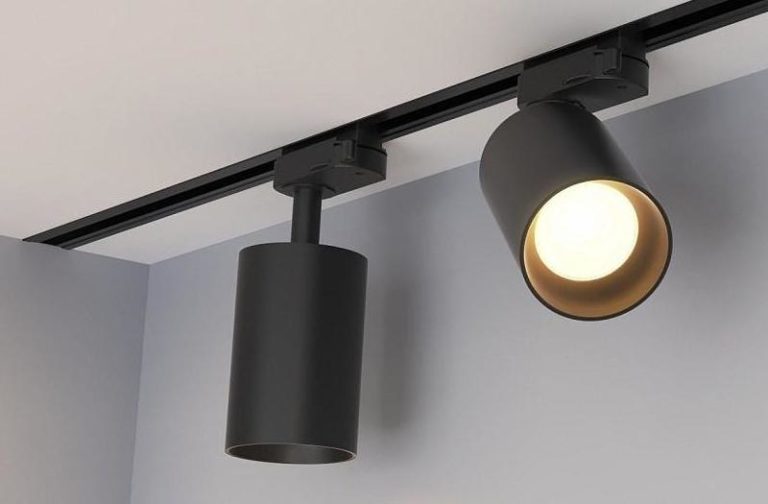Classes and Protection Grades of Luminaires
Grades and classes of protection of luminaires determine in which conditions it is possible to operate lighting fixtures. To choose the right equipment, it is worth to understand the markings.
What is the IP degree of protection of luminaires
The degree of protection of luminaires against water and dust is established by the system Ingress Protection, abbreviated IP. This is a set of tests that determine the level of protection, the possibility of ingress of foreign objects into the device.
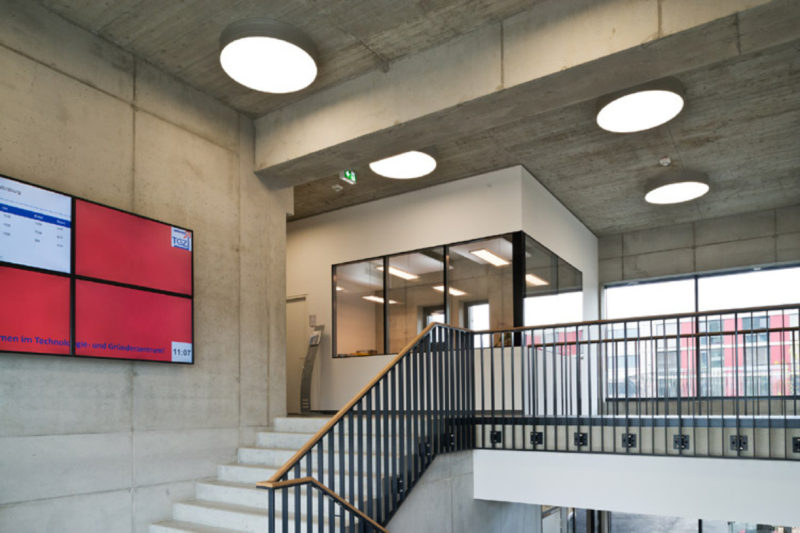
The degree of protection looks like IP and two numbers. Each number indicates a certain level and operating conditions.
The difference between the class and degree of protection
The concept of the protection class of luminaires determines the electrical safety in interaction with the device. According to GOST IEC 61140-2112, lighting fixtures are subject to certain requirements for the insulation of live elements. Housing and protective cover must withstand various mechanical impacts.
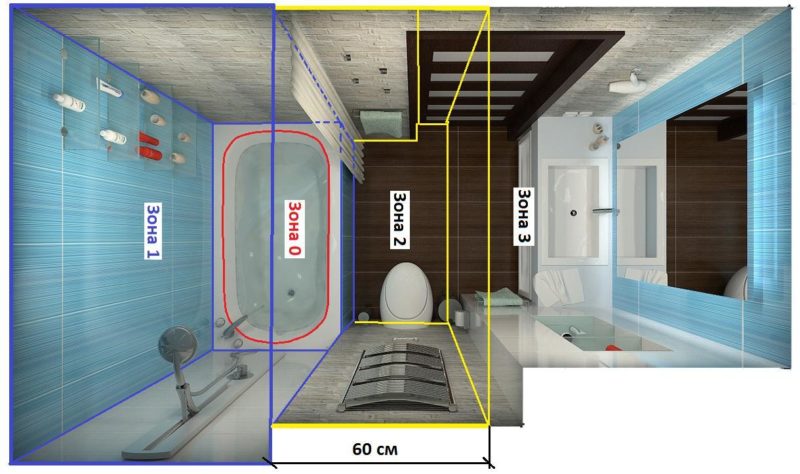
Table of protection (IP) against penetration of moisture and dust
| Degree of protection IP | Liquid | IP_0 | IP 1 | IP_2 | IP_3 | IP_4 | IP_5 | 1Р_6 | 1Р_7 | 1Р_8 |
| Objects and dust | no protection | Protection from drops falling vertically | Protection from drops falling down at an angle of up to 15° | Protection from drops falling at an angle of up to 60° | Protection from drops falling from all sides | Protection against drops falling from all sides | Protection against heavy water spray from all sides | short-term submersion protection up to a depth of 1 m | protected for immersion and short periods, depth max. 1 m | |
| IP0_ | no protection | IP00 | ||||||||
| IP1_ | protection against particles over 50 mm | IP10 | IP 11 | IP 12 | ||||||
| IP2_ | Protection from particles over 12,5 mm | IP 20 | IP 21 | IP 22 | IP 23 | |||||
| IPZ_ | Protection from particles over 2.5 mm | IP 30 | IP 31 | IP 32 | IP 33 | IP 34 | ||||
| IP4_ | Protection from particles larger than 1 mm | IP 40 | IP 41 | IP 42 | IP 43 | IP 44 | ||||
| IP5_ | protection against coarse dust | IP 50 | IP 54 | IP 55 | ||||||
| IP6_ | complete protection against dust | IP 60 | IP 65 | IP66 | IP 67 | IP 68 |
Protection classes against electric shock
The class number indicates the method of preventing possible injury from exposure to electricity. Luminaire Classes:
- 0. These devices are protected by a single layer of insulation.
- I. Equipped with grounding in case the equipment is damaged.
- II .. Double insulation is used. Devices with this protection class are marked with a special graphic symbol.
- III .. Low-voltage devices. Even if the insulating layer is damaged, the lighting equipment is safe for people and animals.
Class III appliances are used in facilities or situations with the highest probability of electrocution. For example, in small rooms, swimming pools, when carrying a luminaire.
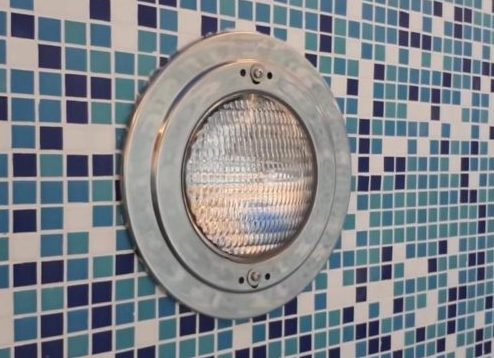
Protection against fire
Luminaires are divided into groups, installed on materials with different levels of protection against fire:
- On nonflammable surfaces of stone and concrete;
- on slightly flammable material;
- on flammable materials.
Considering the type of surface material to mount the luminaires, it is necessary to choose the appropriate equipment.
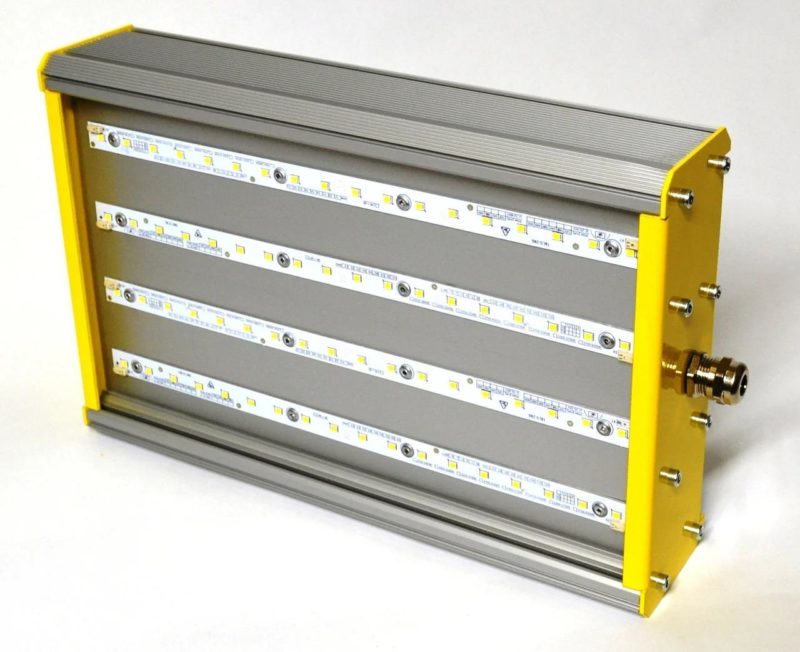
How to choose a luminaire by protection class
Often used IP protection classes of luminaires:
- IP20 - Luminaires recommended for installation in rooms with a normal environment. In such facilities should not be polluted or moist air. These usually include offices, shopping centers, entertainment venues.
- IP21, IP22 - equipment is designed for cold shops. With this class of protection, moisture or condensation cannot penetrate the unit.
- IP23. These light devices include devices for lighting construction sites.
- IP40. - Lighting for stores and shopping centers. These fixtures are not waterproof.
- IP43, IP44. Luminaires for outdoor use for installation at a low height, where foreign bodies and water can not enter. Often installed in bathtubs and saunas.
- IP50. Can be used in rooms with a high concentration of dust in the air. Such devices are hermetically sealed and easy to clean from dirt. Even with a serious mechanical impact, the luminaire will not collapse, small elements will not fall out of it. This is especially important in food production.
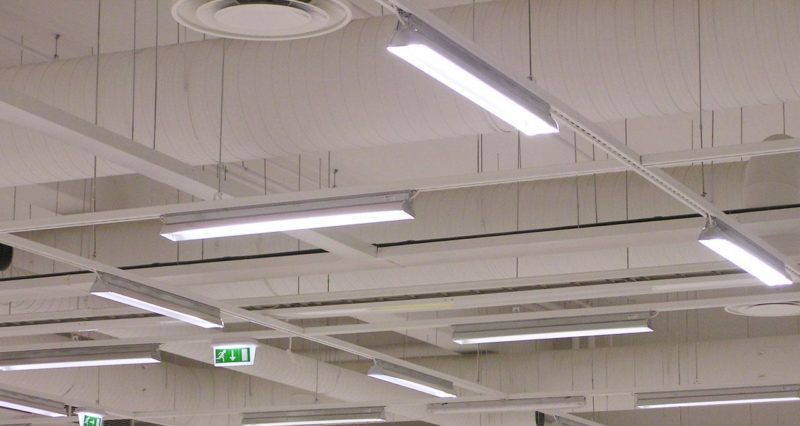
- IP53, 54, 55 - are used in food processing facilities or catering outlets. There are restrictions on the type of products. Devices marked IP54 are installed in heavy industry facilities, as well as in places with a lot of corrosive particles and strong air pollution.
- IP67, IP68. These lights can be used under water - installed in fountains and swimming pools.
In addition to the IP degree of protection, the luminaires are marked with Latin letters that act as an additional designation. Four of them, located in the left column, show the safety level of the devices when they come into contact with them:
- A - the inside of the hand;
- B - such lights are protected against contact with the fingers;
- C - various tools;
- D - wires or other electrically conductive products.
For example, the unit of measurement of the instrument is 3. This means that no object with a diameter greater than 2.5 mm can enter the housing. Then the symbol "C" is indicated in the marking. To such devices can be classified as common household chandelier lights.
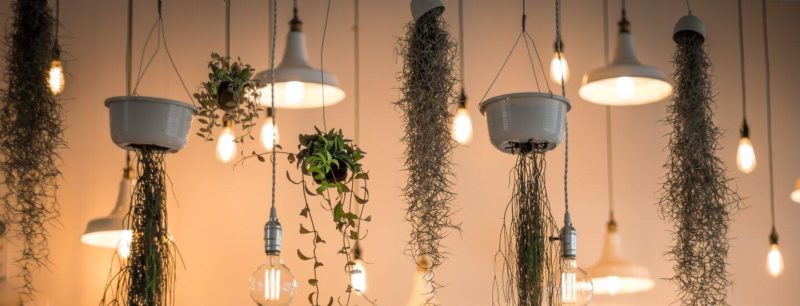
In the right column of the marking indicate additional images to clarify the features of objects and actions:
- H - relation to the class of high-voltage devices;
- M - indicates whether the level of protection against ingress of moisture during operation has been tested;
- S - the device did not work when tested in a water environment;
- W - sufficient level of protection for operation in various weather conditions.
Thematic video: Briefly about the protection level of the luminaires
Depending on the level of protection, the luminaire is selected for the specific operating conditions.
Characteristics and types of vandal resistant luminaires
Vandal resistant luminaires are made of materials that are resistant to shock loads. When collapsed they do not disintegrate into small elements, for example, glass splinters that are dangerous for people and animals.
The surface of vandal-proof luminaires is easy to remove various drawings and inscriptions left by intruders. Such lighting fixtures of anti-vandal protection class are installed in the entrances of apartment buildings.
Property owners can not worry about the safety of lighting in the stairwells. The design of vandal-proof fixtures includes special details of fixing the glass, protecting the lamp from theft.
There are no strict standards and definition of "vandal resistant" in the Russian GOSTs. There is only a definition of "resistance to external mechanical influences. European standards have numerical designations within which luminaires may be considered as anti-vandal.
The main indicator of the protection of the luminaire - the impact force in joules, after which it retains performance. Devices are marked in the range from IK01 to IK10. The highest degree of protection against vandalism is 10. Such models can withstand a 5 kg drop from a height of 40 m. With a mass of 0.2 kg of hammer and a drop height of 7.5 cm luminaire withstood the impact has a protection class IK01.
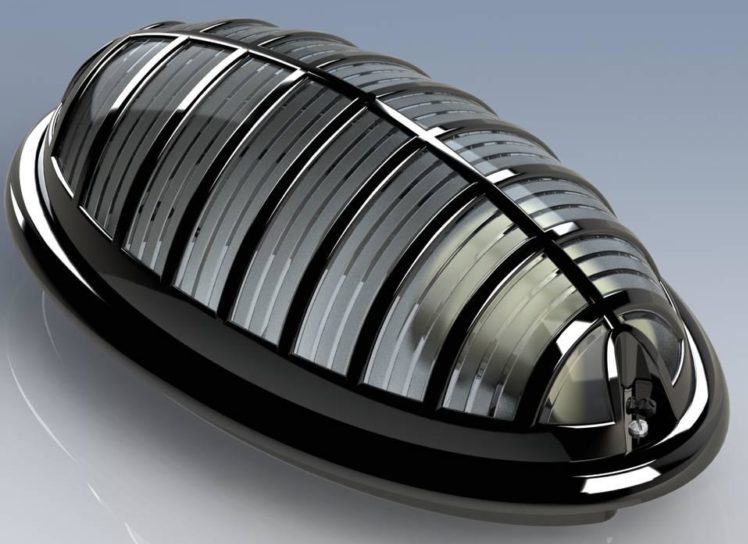
Since there is no single systematization of anti-vandal lighting devices, we can divide them into types according to certain characteristics:
- Material of manufacture. Protected luminaires usually have a sturdy stainless steel backplate. The plafond is made of impact-resistant plastic or tempered glass. An external metal mesh serves as additional protection.
- Type of mounting. Almost all protected lighting devices are attached to the ceiling or wall. Their design does not involve pendants or brackets.
- Shape of fixtures. Lighting fixtures are divided by shape into hemispherical, rectangular and "tablets". Anti-vandal lighting fixtures are not usually made in the form of "acorn".
Often, protected lighting equipment has a built-in motion sensor.
Conclusions
Choosing lighting fixtures for indoor or outdoor lighting, you should pay attention to the level of protection of the device, fire and electrical safety. It is important to consider the material of the plafond and external protection, type of mounting, the possibility of placement near flammable materials.
